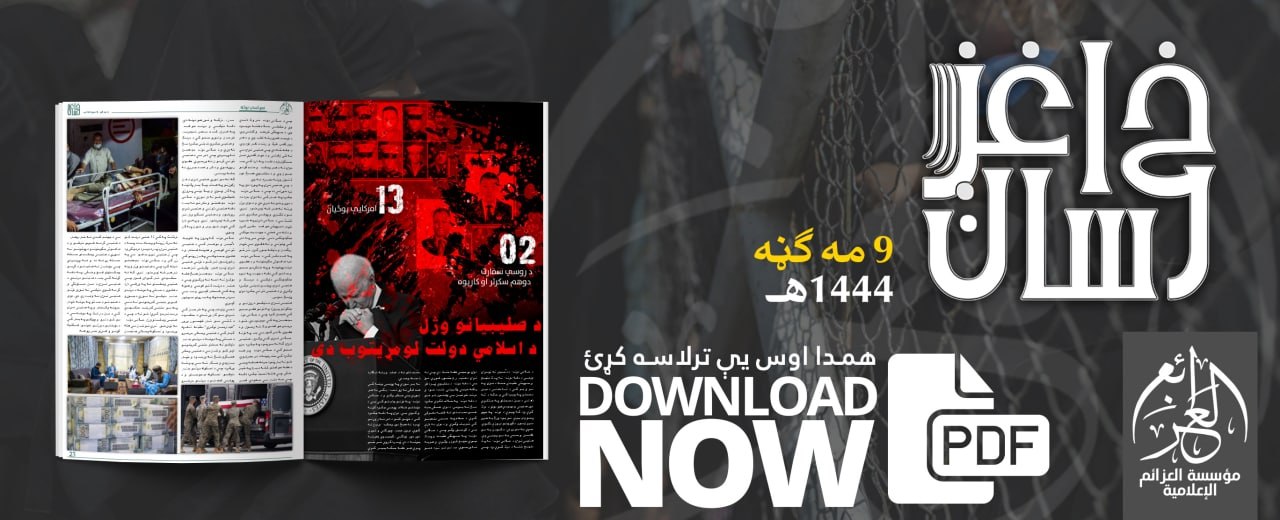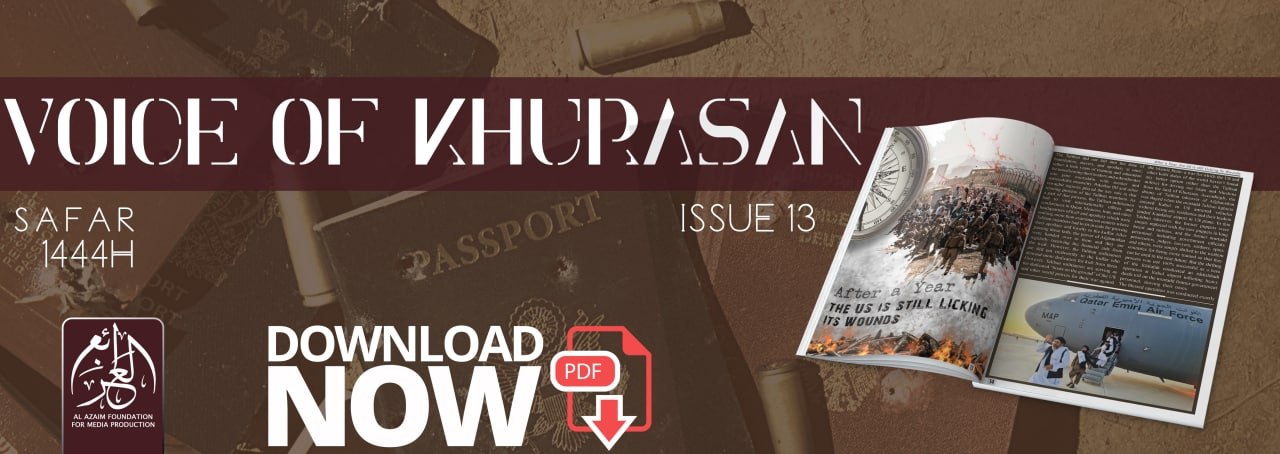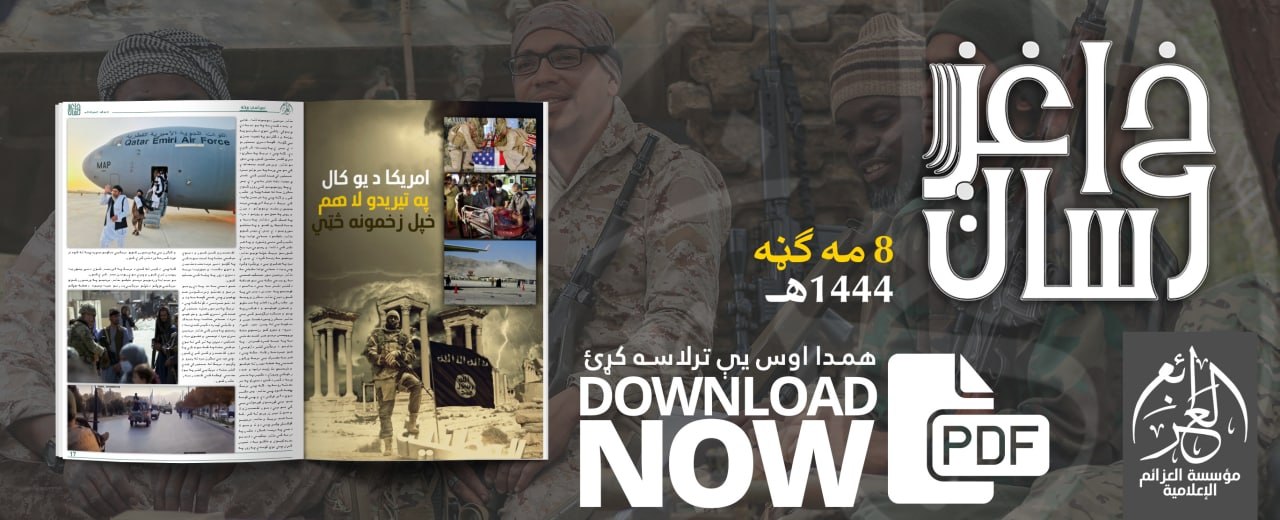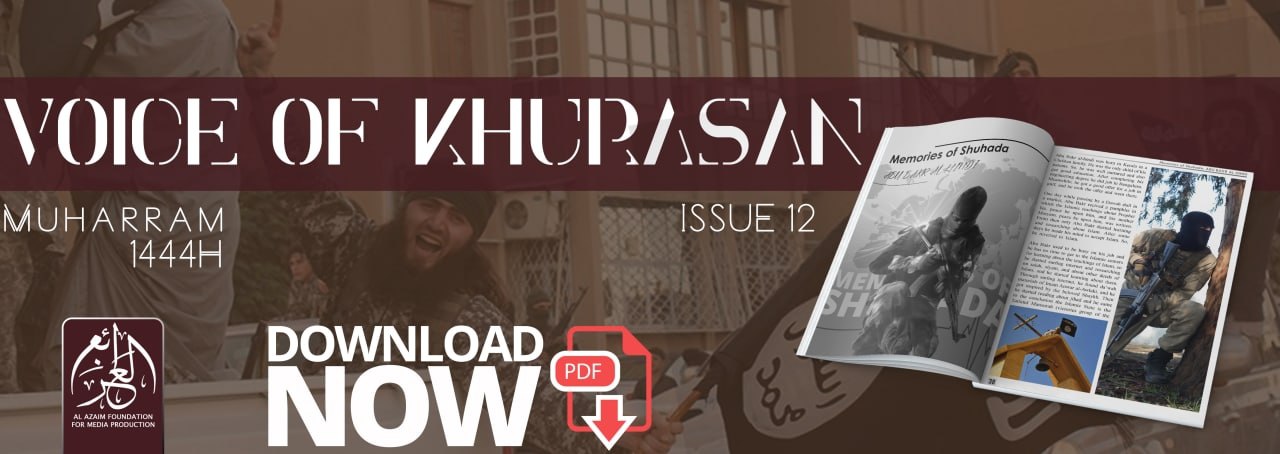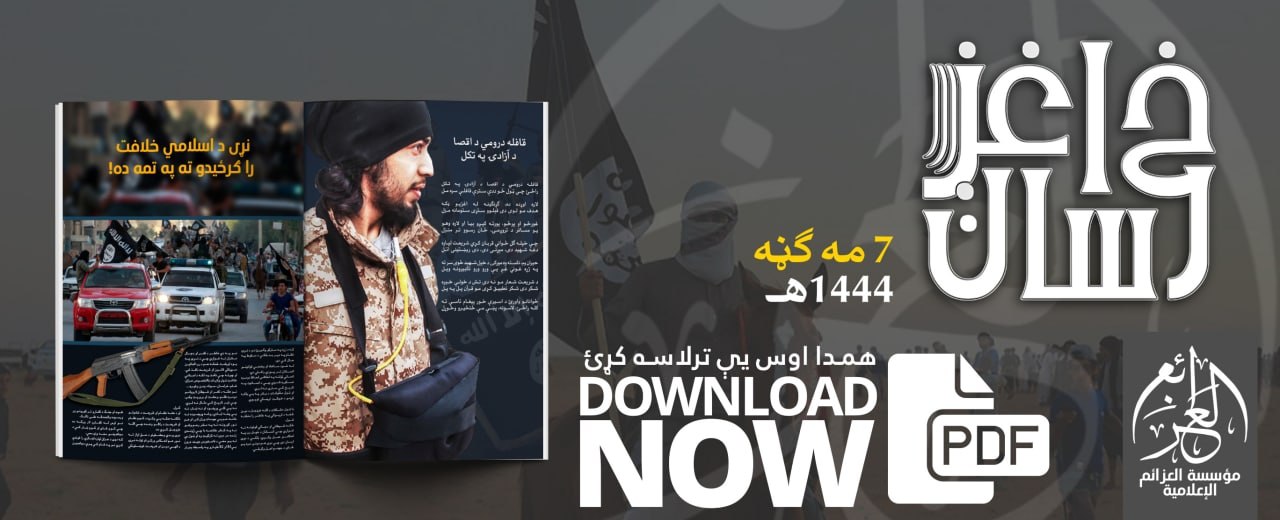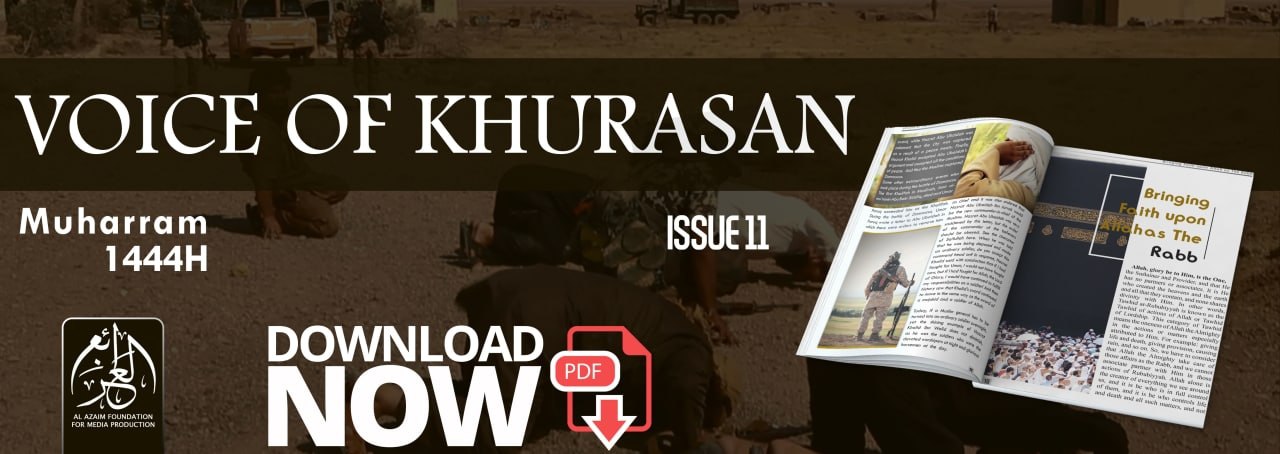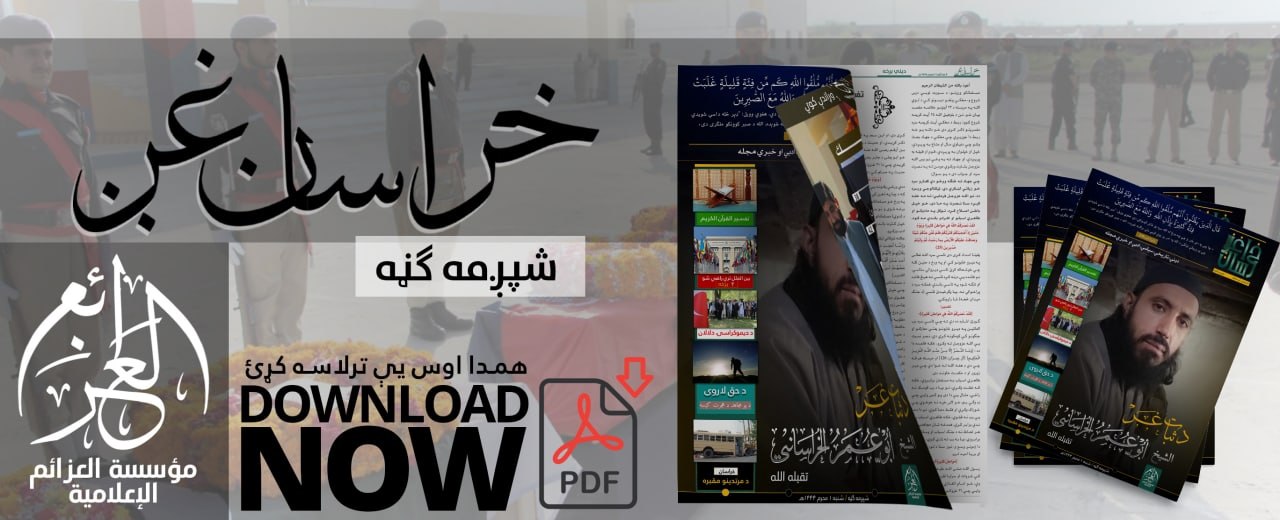For prior issues see: #9, #8, #7, #6, #4, #3, #2, and #1.
—
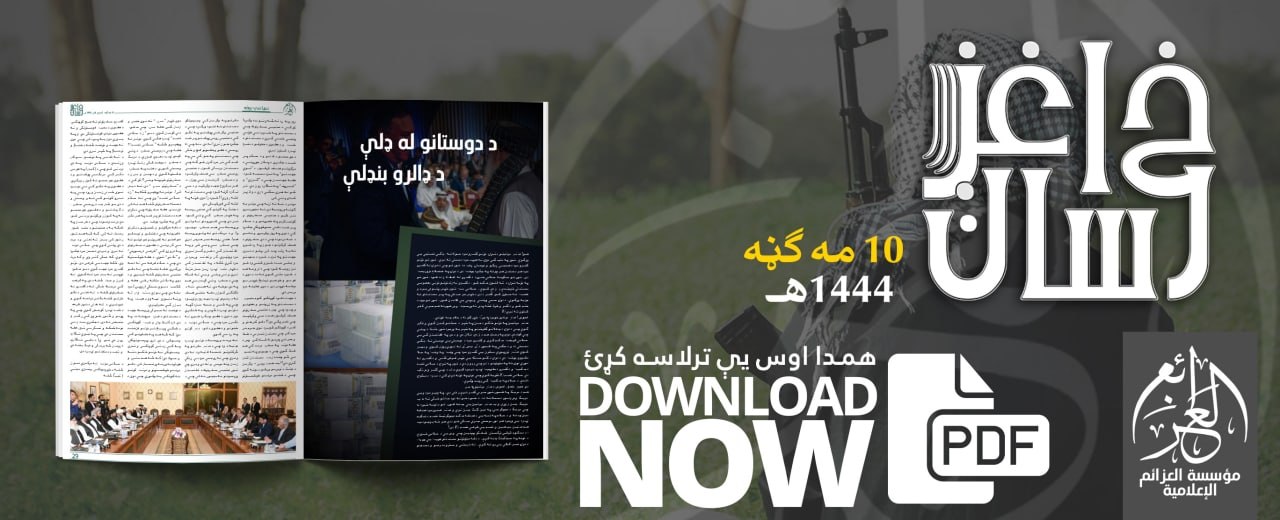
Click the following link for a safe PDF copy: The Islamic State’s Wilāyat Khurāsān — “Voice of Khurāsān Magazine #10 (Pashto)
________________
Source: Telegram
To inquire about a translation for this magazine issue for a fee email: [email protected]

